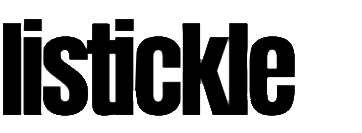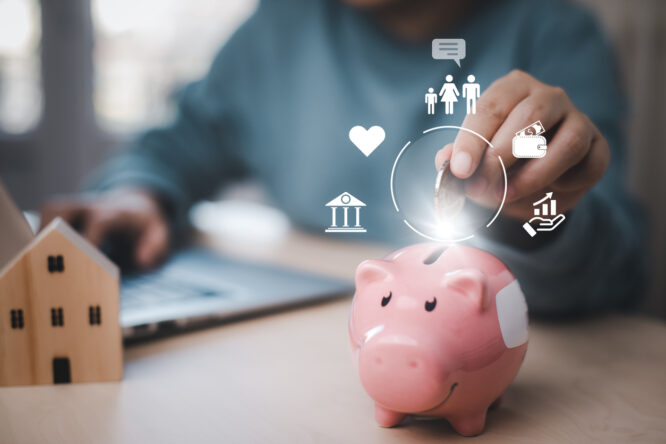Queer slang is always evolving—sometimes it’s chaotic, sometimes poetic, and most of the time it’s a little bit of both.
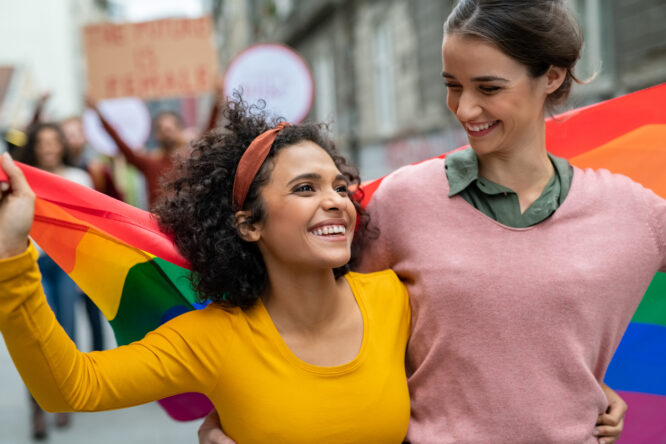
These phrases don’t always come from one place—some start in tight-knit circles, others from viral chaos online—but they tend to spread fast, especially when they strike a cultural nerve. And this year, they’re showing up in everything from comment sections to dating bios. Here are 10 queer slang terms you’ll hear on repeat in 2025, and what they’re actually getting at.
1. Soft-launching the gayness
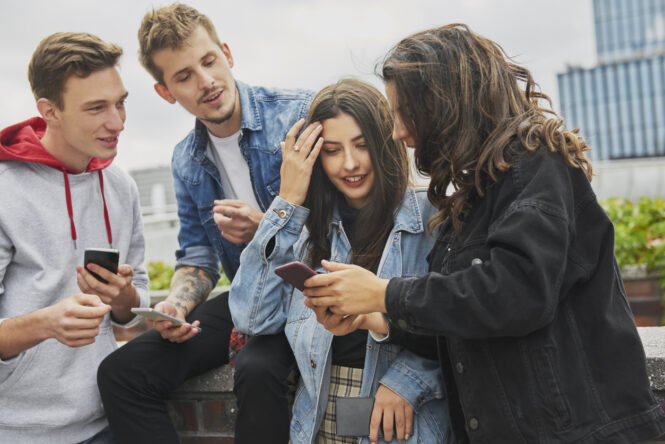
This one’s for when someone’s not exactly in the closet, but not out with full fireworks either. Instead, they quietly drop hints. Maybe it’s a selfie at Pride with no caption. Maybe it’s casually mentioning a same-gender crush without context. It’s subtle, but definitely intentional. The soft-launch isn’t hiding; it’s controlling your rollout. It’s become a way to ease into being visible without needing a big post or conversation. In 2025, it’s as much about comfort as it is about playfulness.
2. Emotionally bisexual
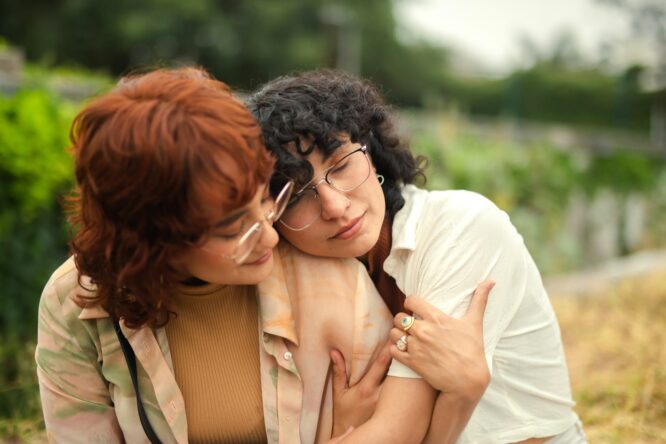
Not always meant literally, this one’s become a vibe in itself. It’s often used to describe someone with layered feelings, a hint of chaos, and a tendency to overthink romantic situations. You’ll hear it used for both bi people and anyone emotionally spiralling in queer-coded ways.
It’s less about identity and more about energy. Someone might say it mid-rant about a situationship or after crying to a Taylor Swift playlist. It’s warm, self-aware, and just a little bit dramatic—in the best way.
3. Giving allyship, but make it performative
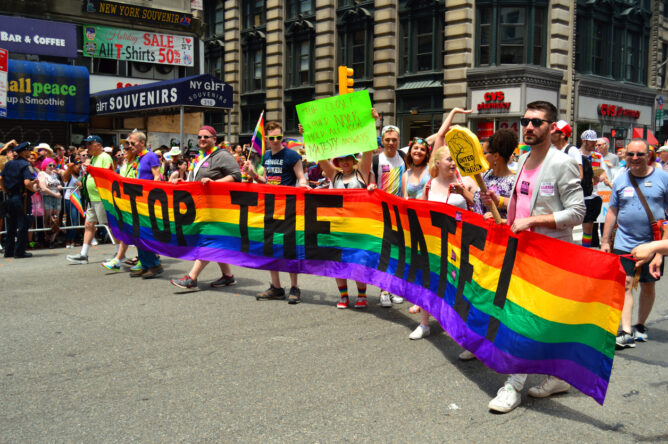
This line comes out when someone’s support feels more like a performance than a commitment. Think corporations that paint their logo rainbow for a week, or people who say they’re allies but flinch at pronouns. It’s used to call it out without needing a full debate. It’s sharp, sarcastic, and usually followed by an eye roll. It’s also become a go-to phrase in queer spaces when people want to clock surface-level support with minimal emotional labour involved.
4. Found fam energy

Found family is a big deal in the queer world, but this newer version highlights the feeling, not just the structure. Someone with found fam energy makes you feel safe, seen, and understood without needing an explanation. It’s used for friends who offer soft landing spots, people who show up consistently, or those who create queer-friendly spaces without turning it into a spectacle. It’s quiet loyalty, and in 2025, it’s celebrated more than ever.
5. Rainbow-coded

Similar to being “gay adjacent,” this one’s about those little signals—flair, tone, posture, clothing—that suggest queerness even if nothing’s explicitly said. It’s a nod to how queer people have always clocked each other in subtle ways. Rainbow-coded can be a compliment or a curiosity. It’s often used lightheartedly, like when someone’s outfit is giving strong sapphic vibes or a celebrity interview has a certain energy. It keeps things cheeky without forcing labels.
6. Gay uncles of the internet

This term is lovingly used for older queer creators who offer advice, nostalgia, or just general good vibes online. They’re stylish, witty, slightly over it, but always ready to hype you up or call something out. People use it with affection, especially when someone brings that wise, “seen it all” energy to TikToks or comment threads. It’s a reminder that queer culture isn’t just youthful—it’s generational, too.
7. Chronically queer timeline
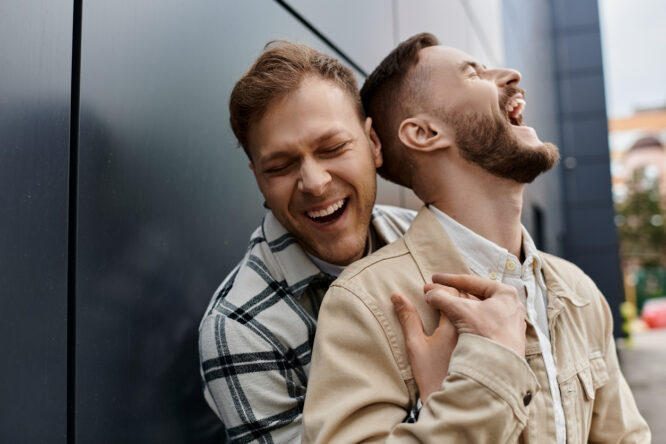
If your algorithm has locked onto your queer identity and now serves you nothing but gay memes, relationship discourse, and niche outfit breakdowns—you’re on a chronically queer timeline, and you’re not alone. It’s been embraced as a badge of honour. People use it to describe their feed, their group chats, and even their thought patterns. The internet might not always be kind, but when it’s queer-coded chaos, it’s home.
8. Masc panic
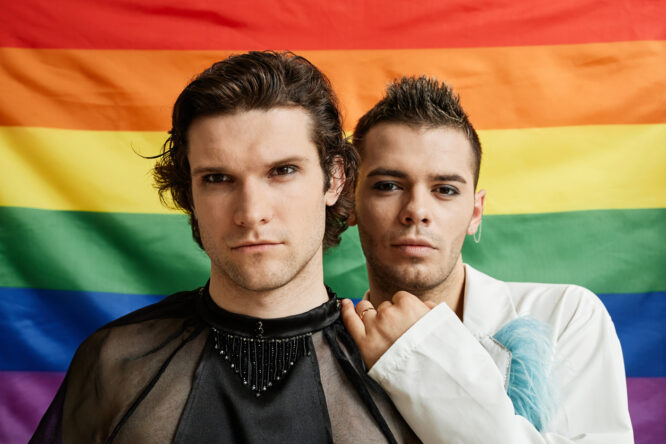
There’s a specific kind of fluster that happens when someone meets a masc-presenting person who is too attractive to process. This is not quiet admiration; it’s full-blown mascot-level shutdown. And yes, it’s now slang.
People throw this around in group chats after encounters that left them speechless or emotionally spiralling. It captures that mix of desire, intimidation, and “do I say hi or run away?” confusion that hits hard when attraction collides with nerves.
9. Fully in their pronoun era
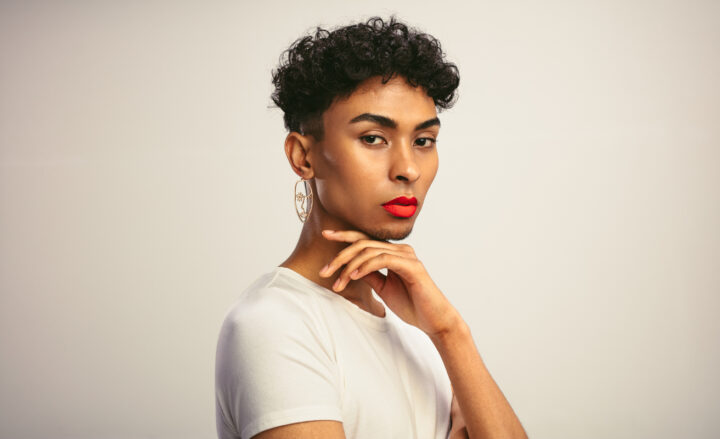
This phrase isn’t just about using pronouns—it’s about living them boldly. It’s used to describe someone who’s stepped fully into their identity with confidence, maybe after experimenting or spending time figuring it out quietly. You’ll hear it said with joy: “They’re fully in their pronoun era and thriving.” It’s celebratory, not clinical, and it reflects how fluid identity and self-expression are being embraced more openly this year.
10. Gender: yes
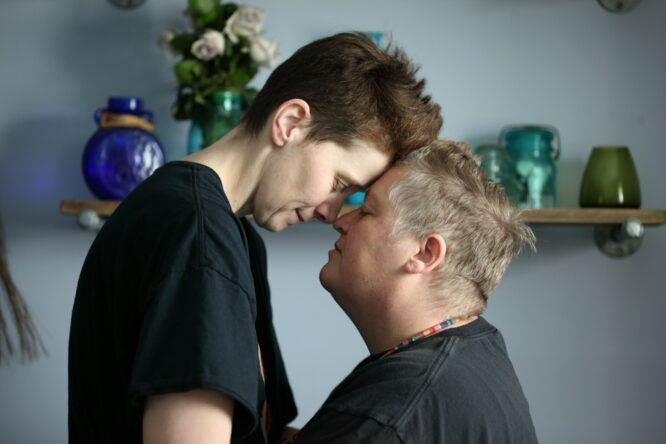
Short, cheeky, and deeply nonbinary, “gender: yes” is how people are describing the vibe when gender just… exists in multiple ways at once. It’s become a reply, a caption, even a meme format. This phrase doesn’t try to pin anything down. It leaves room. It nods to expansiveness, queerness, and the refusal to be boxed in. And in 2025, it’s showing up everywhere people are tired of choosing just one lane.
